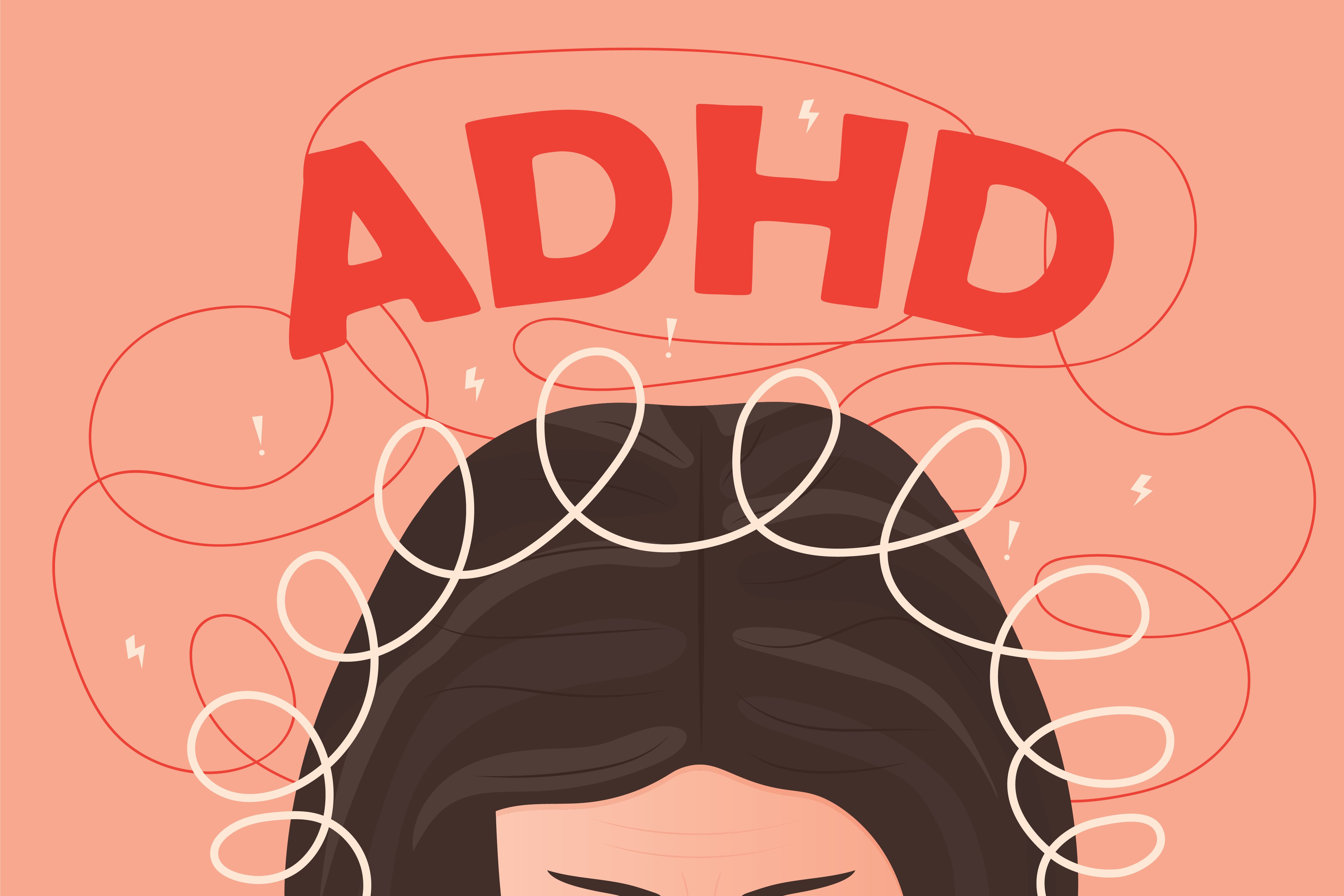Article
Would a Diagnostic Label Improve Your Rx For These Children?
Author(s):
Each of the boys in question could meet criteria for the DSM-5 proposed criteria for Disruptive Mood Dysregulation Disorder (DMDD). But do you think that these presentations are all the same syndrome that share a similar neurobiological basis, family history, and response to treatment?
Editor's Note: After you read the case below, weigh in with your comments. The author will offer a wrap-up of key teaching points based on your input. For further reading, see Dr Axelson's December 2010 article, "Adding the Diagnosis of Temper Dysregulation Disorder to DSM-5," on which this case is based.
CASE VIGNETTE
Albert, Henry, and Bill separately present for assessment at a child psychiatric outpatient clinic for concerns about severe anger outbursts. Each boy has outbursts, which are described as “rages” or “meltdowns,” in which he screams, throws things, turns over chairs, breaks things, and threatens others. At times, he will punch or kick a sibling or caregiver in the midst of the outbursts and will smash things against the door if he is forced to stay in his room. The outbursts can last anywhere from 15 minutes up to 2 hours and occur several times a week. All 3 boys were described by their parents as being moody since their toddler years, but each has become much more irritable over the past year. All 3 seem angry or miserable nearly every day.
To continue to read the case and answer the questions, click here.
In addition, Albert’s mother reports that he has been chronically hyperactive, impulsive, and distractible for as long she can remember. He has had low frustration tolerance since his toddler years and never grew out of his “terrible twos.” He responds to limit setting by doing the opposite of what the authority figure demands. Albert is bossy with peers and will quit playing with them if they do not do what he wants to do and will get back at other children if they do anything to bother him.
Henry’s mother states that he was very shy with strangers, starting at an early age. He was also very anxious in anticipation of situations of separation from his parents and some of his “meltdowns” occurred during these times, often prompting his parents to curtail planned activities. Marital relations between his parents have been strained. Henry has frequent nightmares about his parents being harmed and often demands to sleep with them at night. Transition to first grade was very problematic, and Henry’s “explosions” often occur before school. However, they can also occur at other times, especially when his parents set limits, refuse to give him something he wants, or are arguing with each other
Bill’s mother has noticed that since the onset of the rages, he has times when he becomes very silly and inappropriately giddy, to the point where it annoys other children. During these episodes, Bill is hyperactive; is talkative to the point at which others cannot understand what he is saying; and engages in reckless, risk-taking behaviors with his bike and skateboard. However, if he is thwarted in his desires during these moods, it provokes a major outburst. Sometimes during these moods, Bill stays up much of the night “bouncing off the walls” and can get up for school without a problem. However, his mother says that these episodes only last a day at most and happen 2 or 3 times a month, and she cannot recall them ever occurring for days in a row. Bill’s mother is worried because the child’s father has bipolar disorder and his paternal grandmother says that Bill is “just like his dad was when he was a kid.”
CHALLENGING QUESTIONS
Each of the boys in this Case Vignette could meet the DSM-5-proposed criteria for Disruptive Mood Dysregulation Disorder (DMDD), but . . .
•Do you think that these presentations are all the same syndrome that share a similar neurobiological basis, family history, and response to treatment?
•Do you think the availability of a diagnostic label of DMDD improves the diagnostic formulation and treatment plan for these children?
Weigh in with your comments below.






